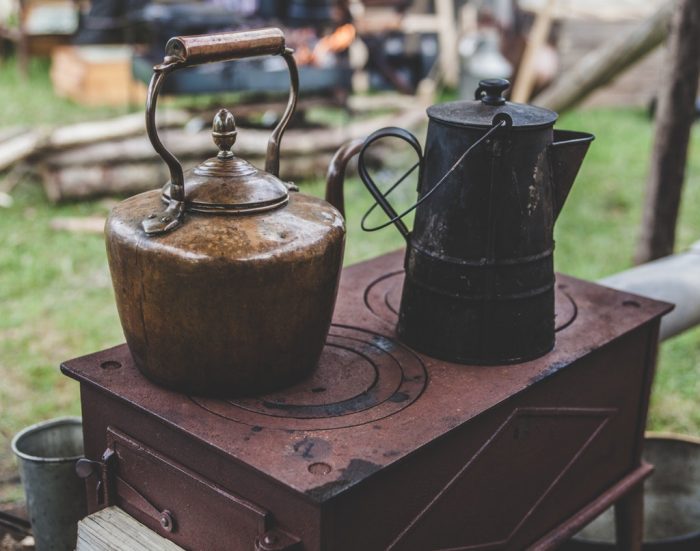
Professional Moving Company Gives Tips on How to Safely Transport Antiques
Only recently have people began to move several times in the span of their lives. Antiques were not made with portability in mind, and this can make moving them from one home to another a difficult task. These tips will help you safely handle your antique items when you begin life in a new home.
1. Hire a Professional Moving Company
The best way to ensure your antiques are moved in the safest possible way is to hire professional movers. This is not always possible, and sometimes you do not want to let a special piece out of your sight. With expensive antique items, you want to make absolutely sure that the movers know what they’re doing. Make sure you use a trusted source, like these movers in SF that have years of industry experience with high-valued items.
2. Get Appraisals
Before you begin to pack, hire an expert to examine your antique items and give them a current value. You may need more than one appraiser as they tend to have niche areas of expertise.
3. Take Photographs
Take the time to photograph each of your antiques from several angles. Your photographs should perfectly capture the condition of each piece.

4. Check Your Insurance Policy
Contact your insurance company to take out a special policy for any damage that may occur during the move. Typically, you can add a rider to your homeowner’s policy to cover fine art and antiques. Be sure to study any special conditions of the policy and strictly adhere to them.
5. Soft Packing
When you began to pack, Cheap Movers Los Angeles, a California moving & storage company, says you want to ensure that the layer of packing material directly against your antique item is soft. A sheet of cotton batting or a moving blanket will prevent scratching and denting.
6. Add More Padding
When it comes to your oldest items, you can never have enough padding. Layer your antiques with blankets, paper, cardboard and bubble wrap until you are satisfied they are adequately padded.
7. Dismantle the Furniture
If you have antique furniture that can be broken down into different parts without damaging the item, you should take it apart and pack each piece separately. This is especially helpful when moving furniture or antiques that have protruding legs or porcelain with multiple parts, like a candy dish with a lid.
8. Protect Any Glass
If you are transporting a piece of furniture with windows, such as a cabinet, be sure to protect the glass with a sheet of cardboard before you add the first layer of padding. This gives the glass more strength and prevents breakage.
9. Be Careful with Tape
Antiques often have easily damaged finishes, lacquers or glazes. Packing tape will ruin these surfaces if it gets stuck on them. Be sure your antiques are fully covered before you wrap them in tape.
10. Take Care Small Antiques
When packing particularly small antique items, be sure to make the last layer a brightly colored one. This will prevent the item from becoming lost among all the loose packing.
11. Choose Your Box Carefully
Skip your standard cardboard box, and go for a carton with at least two walls. The extra walls will absorb the energy from shaking and jostling.
12. Label Everything
Carefully label each box and carton, and record it on an inventory list. You should keep this list with you for the entirety of the move.
13. Get Assistance
Do not try to move large pieces alone. Be sure that bulky furniture is handled by four or more people.
14. Don’t Rush
Don’t rush the moving of your antique items. Slow and steady is the best way to transport these valuable items.

15. Double Check the Inventory
As your items are being unloaded, check everything off against your inventory list to be sure everything arrives. If something is missing, you will know it quickly and be able to pinpoint a likely location accurately.
